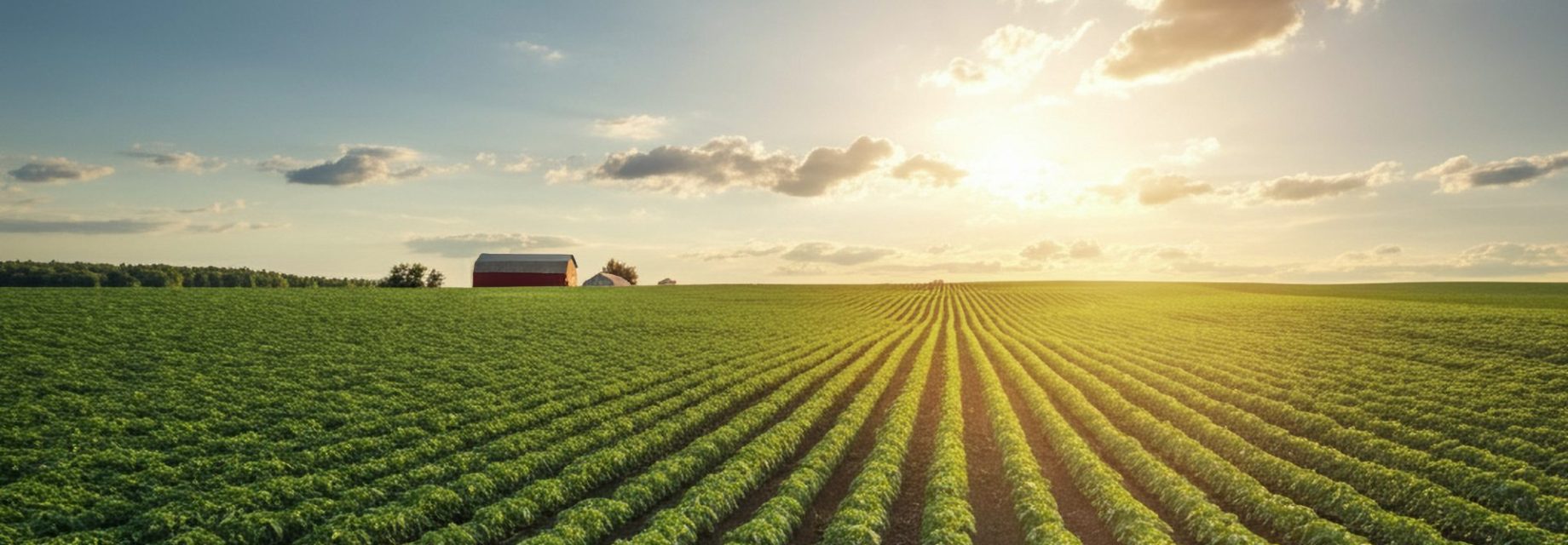The UK urgently needs to transition to renewable energy to meet its ambitious net-zero targets. Solar energy, in particular, offers a cost-effective and rapidly deployable solution to decarbonise the electricity sector and support the government’s goals for nearly 100% clean power by 2030 and Net Zero by 2050.
However, as larger solar projects are slated for planning, the food security versus solar debate has intensified. This debate often lacks nuance, painting solar development as a homogenised threat to agricultural production while overlooking the variation in project scale and location, as well as the wider benefits to farming and biodiversity.
Meeting the UK’s Clean Energy Needs
To secure its climate goals, the UK needs to have renewable energy technologies that can be deployed quickly, and at low cost. Utility scale solar photovoltaics (PV) – ground mounted projects constructed on available land – are well placed to meet this demand owing to the consistent reduction in solar equipment costs, and the ease of installation compared to some other clean power generation technologies.
However, planning constraints such as National Landscape designations, the availability of local grid connections, and wider planning limitations mean solar development must take place on carefully selected sites.
Addressing the Food Security Debate
Overall, even accounting for the largest projects, the land footprint for UK solar remains small. At present, Solar PV accounts for just 0.1% of the UK’s total land mass. If all projects required to achieve Net Zero by 2050 were to secure planning approval, then the total required land would only account for 0.6% of UK farmland. By comparison, UK golf courses account for 2% of UK land.
While solar projects may cover many hectares, the actual area of soil disturbed in construction is very small, typically less than 2% of the total site area.
Additionally, solar developments provide additional income for UK farmers struggling to make their farming operations viable and remove what is often marginally productive land from consideration for wider, more permanent development.
Lastly, but perhaps most importantly, the biggest recognised threat to food security comes from climatic change, and other wider pressures from lower water quality and falling biodiversity. A UK Government report of 2021 noted that the proportion of the country’s prime, best and most versatile agricultural land could be reduced from a baseline of 38.1% to 11.4% by 2050, owing to the effects of a changing climate.
How ILOS Works with Farmers to Support Agriculture with Solar
At ILOS, we view landowners as partners in the development process. This collaborative approach ensures that solar projects are sited on land that is most suitable for solar. Often, this involves land with poor agricultural productivity, such as areas prone to waterlogging or inconsistent cultivation.
We also offer flexible terms in our development agreements, giving farmers the opportunity to secure diversified revenues from either land rental or energy sales delivered by the project.
It’s important to note that solar projects do not remove land from agricultural designation. All applications are temporary and do not request a change of use, meaning the land remains classified as agricultural and can be returned to its original state once the project lifecycle ends. This flexibility ensures that solar complements, rather than replaces, traditional farming practices and food production.
Additionally, many agricultural lands in the UK have experienced biodiversity loss and soil degradation due to intensive farming practices. Solar development offers a chance to rest these lands, allowing soil and ecosystems to recover. By taking land out of agricultural production temporarily, solar projects enable the return of wildlife and improve soil health. For example, planting wildflowers around solar panels contributes to biodiversity net gain and supports pollinators, especially on land previously used for grazing or marginal farming.
A Shared Future for Solar and Agriculture
As the UK navigates the complexities of 21st-century land use planning, solar energy offers a critical solution to meet climate goals while supporting the country’s long legacy in agriculture. Solar projects provide farmers with a financial lifeline, enabling them to maintain their operations and invest in their future. At the same time, these projects contribute to biodiversity recovery, giving wildlife new opportunities to thrive.
The debate between food security and solar development need not be an either/or proposition. With thoughtful planning and collaboration, solar can support a cleaner future while preserving the UK’s agricultural heritage and strengthening its rural communities. By embracing solar as part of the solution, we take another step closer to a sustainable, resilient future for everyone.


